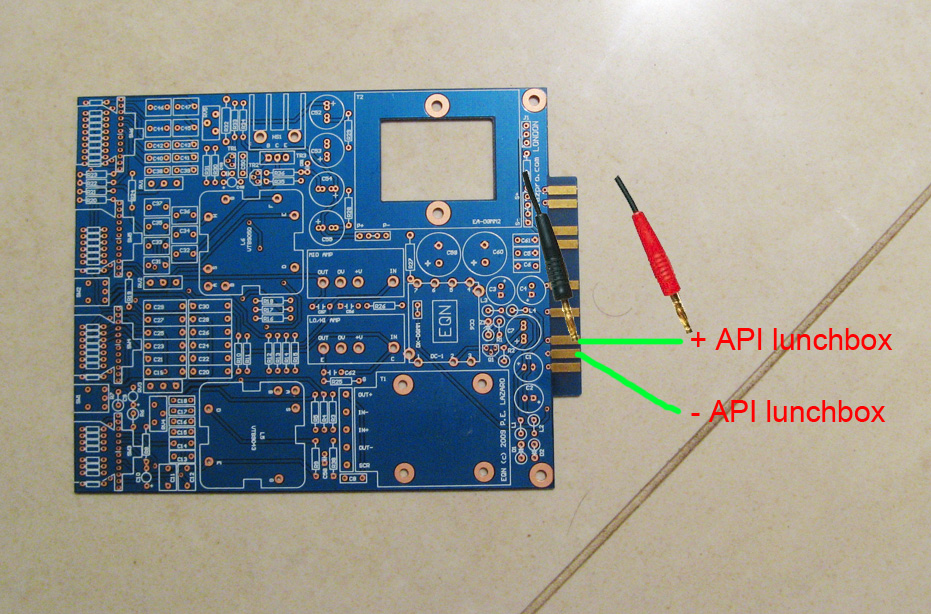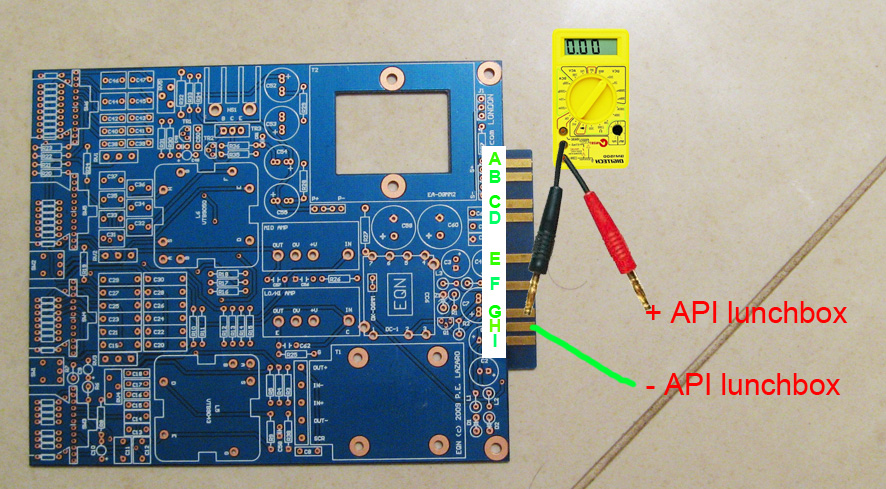I can't find the exact current draw for one of my modules so I would like to know if a lunchbox only pulls out 480mA and you have modules that total to about 520mA-620mA what usually happens in this scenario?
- The modules get damaged and if so, is there a preference to which module get damaged, like the highest current module
- The lunchbox gets damaged
- None will get damaged and the lunchbox will just shut down
- The lunchbox and modules will both get damaged
Thanks
- The modules get damaged and if so, is there a preference to which module get damaged, like the highest current module
- The lunchbox gets damaged
- None will get damaged and the lunchbox will just shut down
- The lunchbox and modules will both get damaged
Thanks




